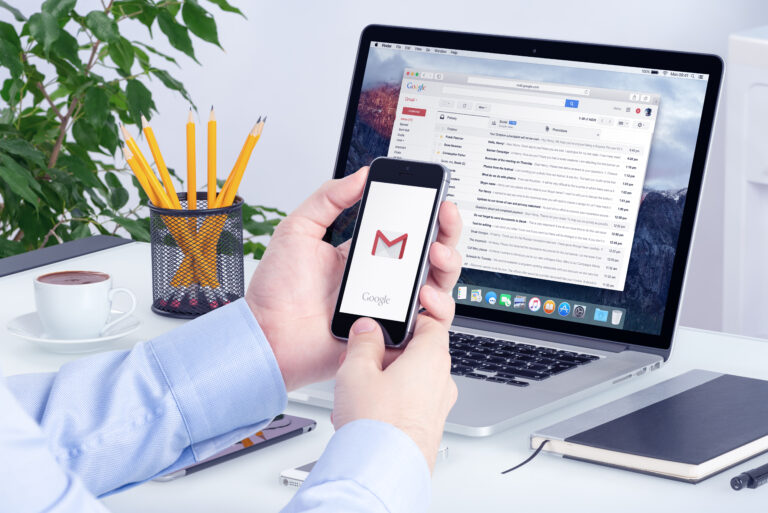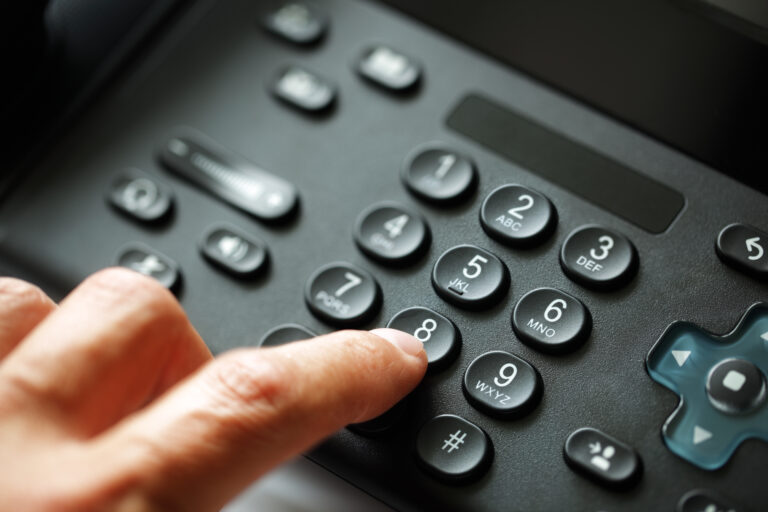With more states and industries passing expanded data protection regulations, businesses are increasingly concerned with secure communication. Unfortunately, this concern is well-placed. Data breaches are increasingly common, and 75% of companies report increased threats from email.
In organizations where privacy and security are paramount, faxing has traditionally been the most trusted method for transmitting private information. eFaxing has brought the protection and security of traditional faxing into the 21st century. In many ways, faxing is much more secure than email, making it an excellent choice to protect your information in transit.
The Importance of Protecting Information
The average cost of a data breach in the United States is up to $4.45 million. With the stakes so high, protecting confidential information is a high priority for all businesses. Customers are more aware of data privacy than ever and expect businesses to protect their data. If a breach happens due to poor information security, it can lead to a loss of business and damage your reputation and relationships.
Additionally, data protection laws regulate many industries. Businesses that don’t comply may have to pay high fines. You can also lose money by exposing confidential information that includes financial details, trade secrets, or intellectual property. You may lose your competitive advantage if your competitors gain access to trade secrets.
A Closer Look at Sending Documents via Emails
Businesses need to quickly transmit private information to operate effectively. Waiting around for documents to be delivered via mail or courier would cost time and money you can’t afford to lose. While you can deliver important information instantly through email, it poses several security risks.
Benefits of Email Communications
Email has become the go-to for fast communication and has several ubiquitous benefits:
- Speed: Email is super quick. You can send a document anywhere in the world in seconds.
- Convenience: You can email from almost anywhere with an internet or data connection, including from mobile devices.
- Affordability: Emailing is cheap. Unlike mailing letters or packages, you don’t have to pay for stamps, shipping, or delivery.
- Traceability: Most email services tell you if your email was delivered and sometimes even if the recipient opened it. This can be helpful, especially for important documents.
Email Security Issues
Although it’s fast and convenient, even secure email comes with some security risks, including:
- Hacking: Bad actors can hack your email. If someone with unauthorized access gets into your email account, they can read them, steal personal information, and gain access to other accounts.
- Insecure storage: When you send email, it’s usually encrypted during transit — that is, while it’s traveling from server to server. However, while it’s sitting on the server, it’s often stored in clear text, meaning anyone who has access can read it. If your email passwords get into the wrong hands, they can easily see and understand your emails.
- Viruses and malware: Sometimes, emails can contain malicious software like viruses. Opening email attachments from an unknown sender could harm your computer or steal your information, even if you’re using virus checkers.
- Phishing scams: These are fake emails that look real. They might trick you into giving away personal info, like passwords or credit card numbers.
- Accidental sharing: It’s easy to send a document to the wrong person accidentally. This can be a serious issue if you’re sending sensitive information.
- Security breaches: Sometimes, large amounts of data get leaked or exposed. This can happen if an email server gets hacked or someone accidentally publicizes private information.
A Closer Look at Sending Documents Through Online Faxing
Faxing has been a secure method of transmitting important information for decades. Online faxing provides the same end-to-end encryption as traditional faxing, but it does it through internet protocols instead of phone lines.
Benefits of Online Fax Transmissions
There are many benefits to online faxing, including:
- Send from anywhere: Online fax services provide a web portal or smartphone app that lets you send faxes anywhere in the world with your computer or mobile devices, making it just as convenient as email.
- Saves space and money: Since you don’t need a physical machine, you save space in your office. Plus, there’s no need to buy paper or ink, which saves money.
- Easy to use: Online network faxing is pretty simple. Just set up an account to send and receive faxes on the online platform. You can choose a new fax number or use an existing one. The intuitive user interface walks you through the process. With many online fax providers, you can even fax directly from your email.
- Keeps records: Online fax services record everything you send and receive. Your history and activity logs are readily available to confirm or track documents. Additionally, they provide intuitive, automatic tagging systems so your faxes are easy to organize and search.
- Works with traditional fax machines: Even if someone else still uses a regular fax machine, you can send them faxes from your computer or phone.
Online Faxing Security Risks
But, just like anything online, there are some risks:
- Hacking: Since faxes are sent online, someone could hack into the fax service and see your documents.
- Accidental sends: Mistyping an email address or fax number is easy. Sending binding documents to the wrong person can be a big problem, especially if it’s something private.
- Data leaks: If the online fax service has a security breach, your faxes could be exposed.
Which Is the Most Secure Option To Send Confidential Documents?
Online faxing is safer than email for sending confidential information because of the additional security measures. Your documents are sent and stored securely using end-to-end encryption. This fax security scrambles your data both during transit and upon arrival. Hackers have much more difficulty accessing these files. Even if they do, the files will look like gibberish thanks to the encryption.
Even though it’s safer than email, online faxing has some minor risks. Here’s what you can do to improve your chances of secure faxing:
- Check the fax number: Always double-check the fax number. While it sounds basic, human error causes between 88% and 95% of data breaches.
- Use strong passwords: Hackers use software programs to launch “brute force” attacks to guess a password. Using a password that combines random upper and lower case letters, numbers, and characters makes it much harder for anyone to guess it.
- Keep software updated: If you’re using software or apps for faxing, keep them updated. One in three data breaches is caused by outdated software. Updates almost always improve security.
- Be careful with public Wi-Fi: If you’re sending a fax from your laptop or phone, be cautious about using public Wi-Fi. Hackers can use public Wi-Fi to intercept your data during transit. Setting up a virtual private network (VPN) is the best way to safely use public Wi-Fi. Many mobile devices now include VPN settings.
Unlock the Superpower of Sending Faxes Through Email Safely
MetroFax is a cloud-based fax service that combines the convenience of email and the security of traditional faxing. Fax from anywhere using your mobile phone or tablet. Our mobile app makes it effortless. Sign up today to get started.


